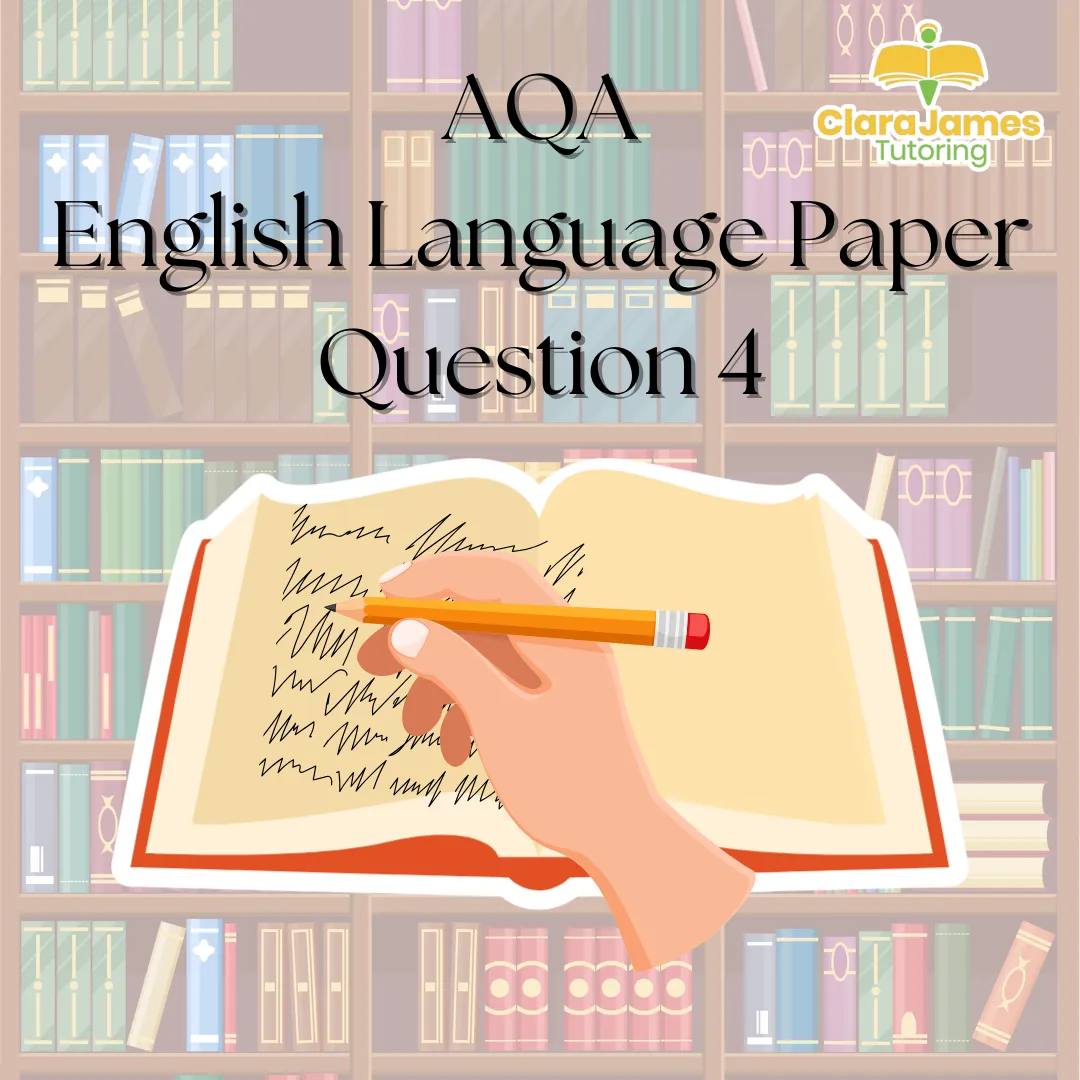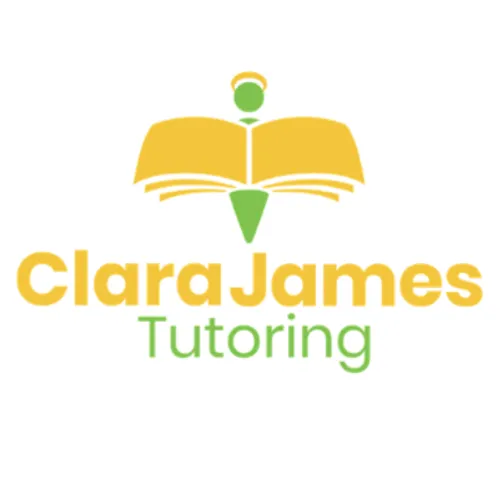Clara James Franchise
BLOG POSTS

Answering AQA English Language Paper 1, Question 4
Pretty much every year 11 person I have worked with this week has mentioned an English Language paper 1 test next week. Another mentioned there might be a Jekyll and Hyde one on the horizon.
Can I suggest that with either Q4 of the Language paper and the literacy tests, instead of going:
Point
Evidence (1 piece)
Analyse/ explain (lengthy and detailed)
Link
Start again
You instead go:
General point: As the danger draws nearer, the sounds in the scene grow more intense, heightening the sense of peril for the characters.
Evidence: whisper, rumble, “Then there came a chattering noise, like the amplified jaws of a million termites chewing on wood. The noise itself filled her ears” shouting(!) (these are all in eloquently phrased sentences)
Analyse: All the above evidence as part of one point. This way your analysis can be spread and doesn’t need to go so deep.
Then link it back to the question.
By doing it this way you get all your evidence and analysis into just a couple of paragraphs so you don’t need to find so many relevant points and you don’t need to analyse each one in such depth.
As the danger draws nearer, the sounds in the scene grow more intense, heightening the sense of peril for the characters.
Initially, there is only a "whisper of her skis" and a "rumble" that grows louder, transforming into "a roaring in her ears" and "a chattering noise, like the amplified jaws of a million termites chewing on wood," which eventually "filled her ears." The soundscape intensifies further with Jake’s shouted warnings: "Get to the side! To the side!" and "Hang on to a tree!"
The progression of sound in this extract mirrors the characters' rising tension and the impending disaster. At first, the whisper and rumble suggest a minor disturbance, but as the sounds escalate into a roar, the reader is made acutely aware of the imminent threat of the avalanche. The chattering noise—described vividly as being like amplified termites—evokes a feeling of something relentless, gnawing, and inescapable. The amplification of the noise suggests the overwhelming power of the avalanche, engulfing both Zoe and the reader in its destructive force. Jake’s urgent shouts are soon drowned by the deafening roar, emphasising the hopelessness of the situation. The intensifying soundscape immerses the reader in Zoe's frantic attempts to escape, building suspense until the inevitable silence of the avalanche's aftermath.
This escalation of sound reflects both the physical danger of the avalanche, and the emotional turmoil experienced by the characters, drawing the reader deeper into the unfolding disaster.
(I cheated here and asked ChatGPT to write the paragraph for me, but I think it shows how several pieces of evidence have been embedded into the analysis.)
I hope this helps; any questions please do ask.
PS. Also try to be subtle with the quotes. Try to make them flow naturally in the sentences rather than declaring them like a public announcement.
We have created a series of sentence openers that can be used for question 2 of English Language Paper 1. If you think they would be helpful, you can access them here: FREE DOWNLOAD

